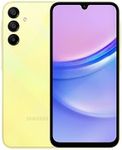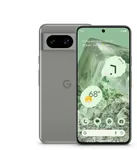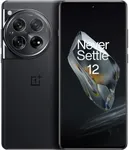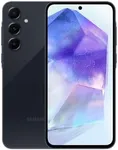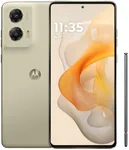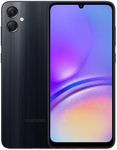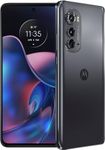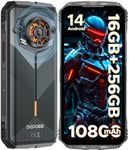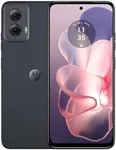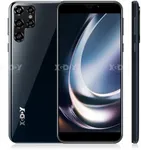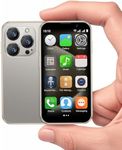Buying Guide for the Best Mid Range Android Phone
Choosing a mid-range Android phone can be a rewarding experience if you know what to look for. Mid-range phones offer a balance between performance, features, and price, making them a great choice for many users. To find the best fit for you, it's important to understand the key specifications and how they align with your needs. Here are some important specs to consider when selecting a mid-range Android phone.ProcessorThe processor, or CPU, is the brain of your phone. It determines how fast and efficiently your phone can run apps and perform tasks. In mid-range phones, you'll typically find processors from brands like Qualcomm Snapdragon or MediaTek. For general use, a Snapdragon 600 or 700 series or a MediaTek Helio G series should suffice. If you plan to use your phone for gaming or more intensive tasks, look for a higher-end processor within the mid-range category.
RAMRAM (Random Access Memory) is crucial for multitasking and smooth performance. It allows your phone to handle multiple apps at once without slowing down. Mid-range phones usually come with 4GB to 8GB of RAM. For basic usage like browsing and social media, 4GB should be enough. However, if you frequently switch between apps or play games, opting for 6GB or 8GB will provide a better experience.
StorageStorage capacity determines how much data, apps, and media you can keep on your phone. Mid-range phones typically offer between 64GB and 128GB of internal storage. If you store a lot of photos, videos, or large apps, consider a phone with at least 128GB. Additionally, check if the phone supports expandable storage via a microSD card, which can provide extra flexibility.
DisplayThe display is one of the most important aspects of a phone as it's what you interact with the most. Mid-range phones often feature Full HD (1080p) resolution, which is sufficient for clear and sharp visuals. Screen size can vary, but a 6 to 6.5-inch display is common and offers a good balance between usability and portability. Consider whether you prefer an LCD or AMOLED display; AMOLED screens generally offer better color and contrast.
CameraCamera quality is a key consideration for many users. Mid-range phones often come with multiple camera setups, including wide, ultra-wide, and macro lenses. Look for a phone with at least a 12MP main camera for decent photo quality. If photography is important to you, pay attention to additional features like night mode, optical image stabilization (OIS), and the quality of the front-facing camera for selfies.
Battery LifeBattery life is essential for ensuring your phone lasts throughout the day. Mid-range phones typically have batteries ranging from 3000mAh to 5000mAh. A larger battery (4000mAh or more) is preferable if you use your phone heavily for gaming, streaming, or navigation. Additionally, consider phones with fast charging capabilities to quickly top up your battery when needed.
Software and UpdatesThe software experience and update policy can significantly impact your phone's longevity and performance. Look for phones that come with the latest version of Android and have a good track record of receiving timely updates. Some manufacturers offer a near-stock Android experience, which can be more efficient and less cluttered with bloatware.
Build Quality and DesignBuild quality and design affect the durability and feel of the phone. Mid-range phones can come with plastic, glass, or metal builds. Glass and metal tend to feel more premium but can be more fragile. Consider what feels comfortable in your hand and whether features like water resistance or a headphone jack are important to you.
